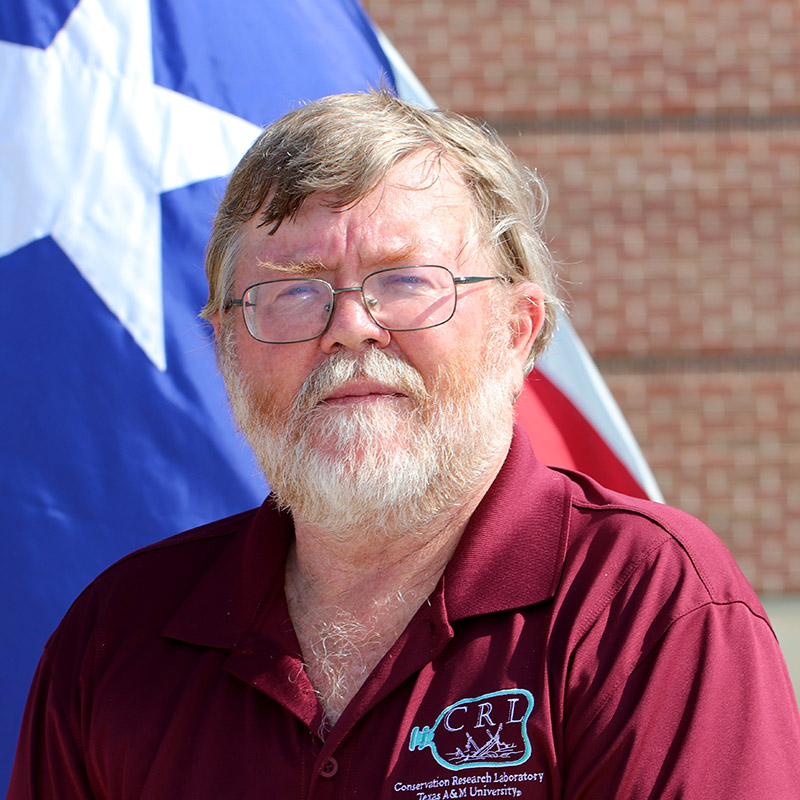Jim Jobling

- Memberships
-
- Conservation Research Laboratory
- Contact
-
- Worked at TAMU from
- 1996-2022
Bio
Jim Jobling was the Lab Manager at the Conservation Research Lab, at Texas A&M University. He ran the day to day operations at the CRL, where artifacts from both underwater and land sites are cleaned and conserved. His education and training were originally in land Archaeology, with a B.A. Archaeology degree in 1982, and a B.A. (Hons.) Degree in 1984, from the University of Cape Town, in South Africa. It was there that he learned to scuba dive and explored countless shipwrecks. His work in 1982 on the British East Indiaman – the Arniston (1815), is credited as being the first underwater archaeology project in South Africa.
Jim came to Texas A&M University in 1984 and received an M.A. degree in Nautical Archaeology. His professional experience since 1979 has been in the survey and excavation of both land and underwater sites, including all aspects of the conservation of shipwrecks and their artifacts. In this capacity, he has had extensive experience in land and underwater archaeology, as well as a good working knowledge of field conservation and lab conservation techniques used to preserve artifacts. He is also well versed in the planning and logistics involved in running a large field operation, including those in a foreign country. He worked for four years on the Port Royal Project, in Jamaica, under the watchful eye of his mentor – Dr. Donny Hamilton.
In 1996, after a short hiatus working on environmental surveys, he returned to the Nautical Archaeology Program and refurbished the Conservation Research Lab for the La Belle Project. The remains of the Belle (1686) were recovered from Matagorda Bay in their entirety, and shipped to the Lab for conservation. Over a nineteen year period, the 54 foot-long wooden hull and her 1.8 million artifacts were cleaned and conserved. Over 100 graduate students in the Nautical Archaeology Program participated in this endeavor, and gained valuable hands-on skills and practical experience in the Lab. The Belle was the first of more than 185 different conservation projects Jim was involved with, including the CSS Alabama (1864), Heroine (1838), USS Westfield (1863), CSS Georgia (1864), the Alamo cannon, the Castillo de San Marco cannon, and many others – encompassing more than 2 million artifacts.
Jim’s expertise included any and all mechanical, electrical, gas, or plumbing systems, the rigging and lifting of heavy artifacts like cannon, carpentry, and general repair work. These skills allowed Jim to grow and shape the CRL into the world-class facility that it is today. He is articulate and passionate about his love of archaeology and conservation, and for the work that he is involved in – Preserving Our Past, For Our Future.
